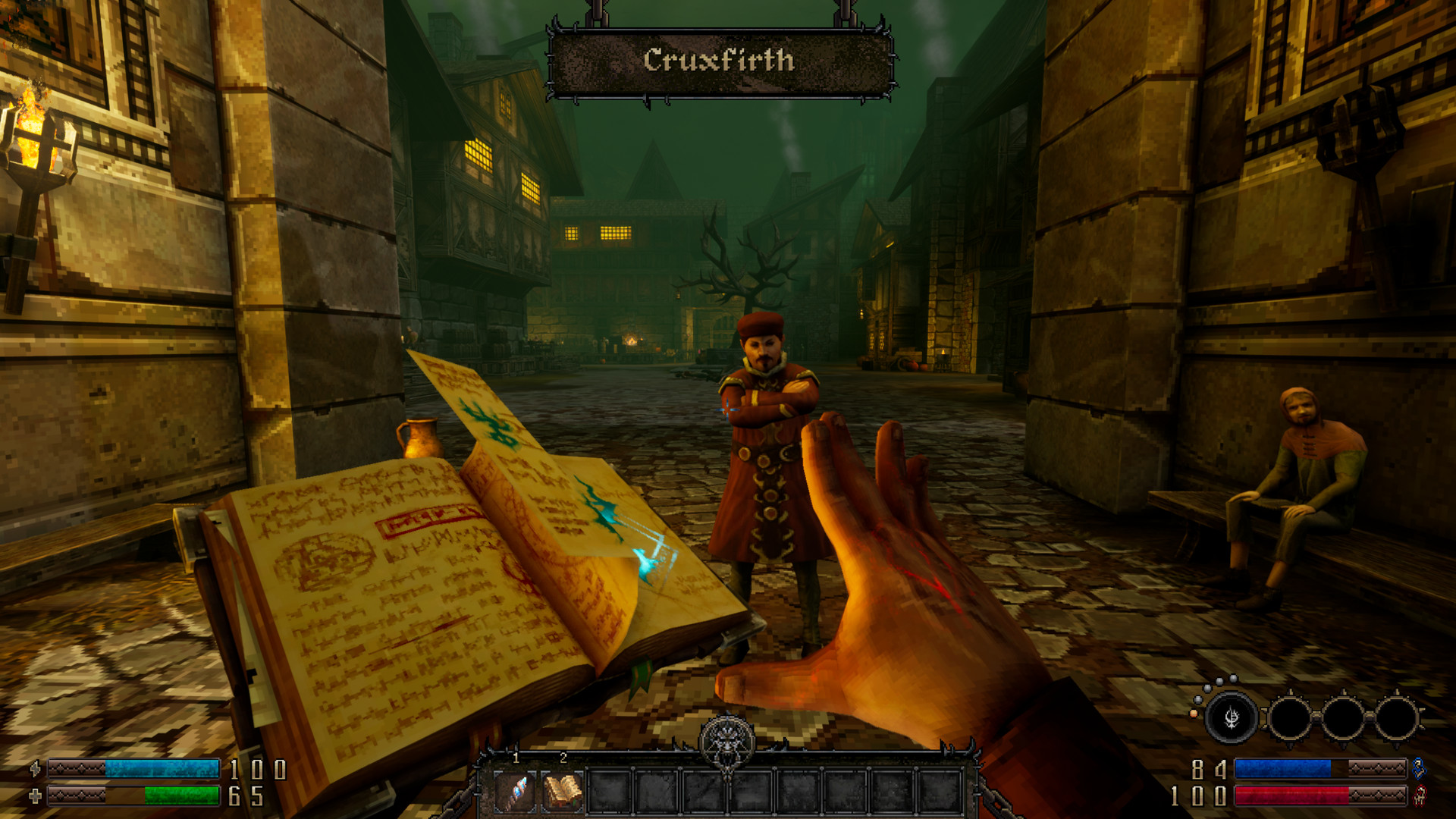
God has given us reminders enough of His power and glory (Romans 1:20) without man attempting to use created things to represent the Creator.įunctionally, there is no difference between a “graven” image (Deuteronomy 4:16) and a “molten” image (Exodus 34:17). But it is equally dangerous to create an image of God Himself. You shall not worship them or serve them.” Likely, this refers back to the first commandment, “You shall have no other gods before Me,” and specifically forbids the creation of idols. The second commandment, recorded in Exodus 20:4–5, reads, “You shall not make for yourself an idol, or any likeness of what is in heaven above or on the earth beneath or in the water under the earth. Before long, the people are ensnared by the compulsion to give homage to a thing of their own definition instead of to the God of the universe. For convenience sake, smaller items, thought to hold the power or the communication line of the gods, are brought into homes. Places are set aside to commune with these false gods. They observe the circumstances (which some acknowledge are God-ordained, and others think are independent) that lead to these things and begin to ascribe to the causal forces human characteristics-thus creating gods. People start with wanting something (Ephesians 5:5 Colossians 3:5), often children or prosperity or good crops. Graven images can be either of the last two steps.

When the idolatrous culture has had time to contemplate the personality of the god, they then make corresponding physical images-a statue that looks like a woman or a relief carving that looks like an animal. The next step is altering a naturally occurring object, like a standing stone, a deliberately planted tree, or a carved Asherah pole and asking the force to indwell it. The presence of the force is then thought to indwell an object, like a stone, or a place, like a mountain.

The progression of idolatry in a pagan religion generally starts with the acknowledgement of a power that controls natural forces. Abstract Asherah poles, carved wooden Ba’als covered in gold leaf, and etchings of gods accompanying Egyptian hieroglyphics are all graven images. It is differentiated from a molten image, which is melted metal poured into a cast. It could be a statue of a person or animal, or a relief carving in a wall or pole. The Hebrew word translated “graven image” means literally “an idol.” A graven image is an image carved out of stone, wood, or metal. The phrase “graven image” comes from the King James Version and is first found in Exodus 20:4 in the second of the Ten Commandments.


 0 kommentar(er)
0 kommentar(er)
